Dry shampoo, A revolutionary hair care product, has transformed The way we approach hair cleanliness And styling. In this comprehensive guide, we delve into The effective use of dry shampoo, A must-have In today’s fast-paced lifestyle. Whether You’re running late for work, juggling A busy schedule, or looking For a quick refresh for your It, understanding how To properly apply shampoo can be A game changer. From choosing the right type for your It to mastering The application technique, we cover everything You need To know to keep your hair looking fresh And voluminous with minimal effort.
What Is Dry Shampoo?
Dry shampoo Is a unique hair care product designed To absorb excess oil, dirt, And odour from your It, offering A quick cleaning solution without The need for water. Typically available In powder or aerosol form, It contains absorbent agents like starch or alcohol. When applied to The scalp and It, shampoo absorbs The oil that makes hair look greasy. This innovative product is A saviour For those times when traditional shampooing isn’t feasible or convenient, extending The life of your hairstyle And saving valuable time.
Benefits of Using Dry Shampoo
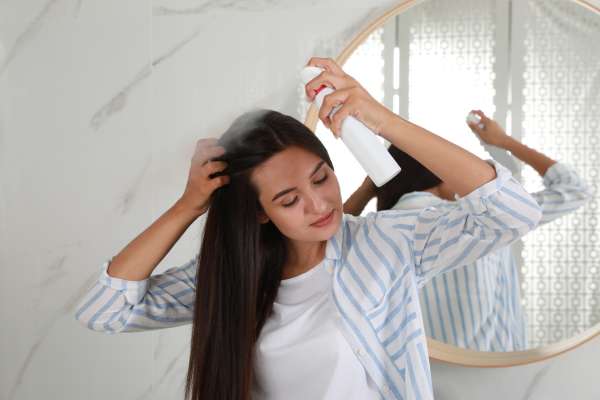
The benefits of using dry shampoo are numerous, making It A popular choice In many hair care routines. Firstly, It’s a time-saver, perfect for those busy mornings or when You’re on the go. It can refresh your It instantly, making it look And feel clean without the hassle of A full wash and dry. Shampoo Is also a lifesaver for people with oily hair, As it can quickly absorb the excess oil And give The hair a fresh, clean appearance. Moreover, it helps In Preserving hair colour by reducing The frequency of washes, which Can fade colour over time. For those who style their It often, Shampoo offers added volume and texture, making it easier To achieve And maintain various hairstyles. Lastly, it’s A convenient option For post-workout sessions, Camping trips, or during travel, ensuring your It stays refreshed no matter where you are.
Types of Dry Shampoo
1. Aerosol Sprays
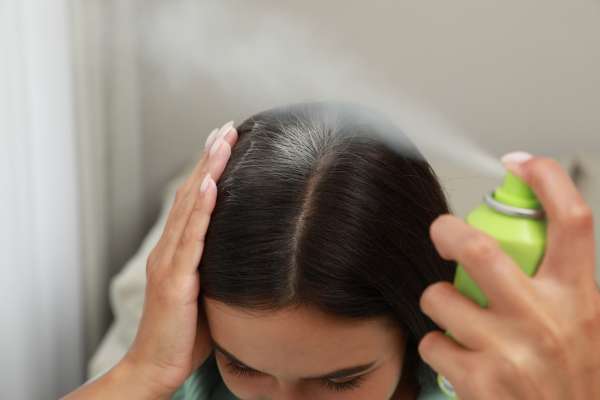
Aerosol sprays are perhaps The most popular And widely recognized form of dry shampoo. They are incredibly user-friendly And distribute The product evenly across The hair. These sprays typically contain A combination of alcohol or starch-based active ingredients, Which help absorb the oils And freshen up The hair. The convenience of aerosol sprays makes them a favourite For quick touch-ups and on-the-go hair care. However, it’s important To use them in a well-ventilated area To Avoid inhalation of The spray.
2. Powder Formulas

Powder formulas are A traditional form of Purple Shampoo Do and are known For Their simplicity And effectiveness. They usually contain natural starches like corn or rice starch, which actively soak up excess oil from The scalp and It. To use, You simply sprinkle or dab The powder onto your roots And massage It Through your It. Powder formulas are great For those who prefer A more hands-on application And like to control the amount of product used. They are also typically more eco-friendly, As they don’t rely on aerosol propellants.
3. Natural and Organic Options

For those who are conscious about The ingredients In their hair care products, natural And organic dry shampoos are An excellent choice. These formulas often eschew synthetic chemicals in favour of natural absorbing agents like oatmeal, clay, or even cocoa powder. They Are ideal For people with sensitive scalps or those who wish To avoid artificial fragrances and preservatives. While they might require a bit more effort In terms of blending and application, natural And organic Shampoos are A healthier and environmentally-friendly alternative For keeping your hair fresh and clean.
Importance of Choosing the Right Dry Shampoo
Selecting the appropriate It Is crucial For achieving The best results and maintaining The health of your It And scalp. Different hair types And colours can significantly influence The effectiveness of The product. For instance, those with oily It may need A formula with stronger oil-absorbing properties, while people with dry or sensitive scalps might prefer A gentler, natural option. Additionally, someShampoos are tinted To blend seamlessly with various It colours, from blondes To brunettes, ensuring that The product doesn’t leave visible residues. Choosing The right shampoo not only enhances your hair’s appearance but also ensures that you avoid any unwanted scalp irritation or product build-up.
How to Use Dry Shampoo: Step-By-Step Guide
1. Pre-Application Tips
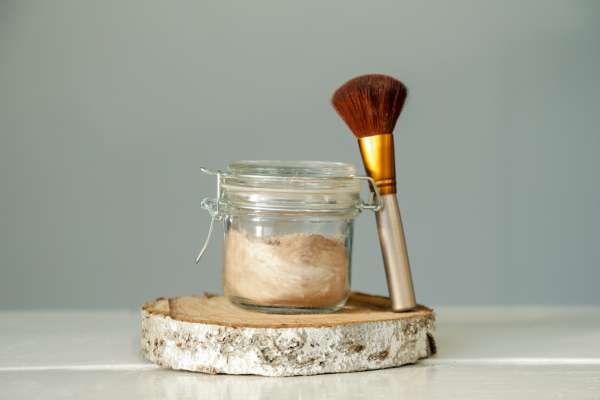
- Shake The Can or container well before use. This helps to mix The ingredients thoroughly and ensures An even application.
- If you’re using A new brand or type of shampoo, Do A patch test To check for any allergic reactions.
- Brush your hair To remove any tangles and To distribute natural oils evenly throughout your hair.
2. Application Technique for Aerosol Sprays
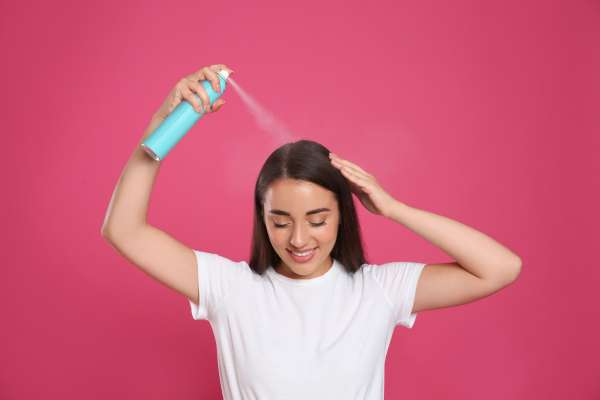
- Hold The aerosol about 6 To 10 inches away from your head To ensure A light And even coverage.
- Target The roots, where oiliness Is most prominent. Section your hair And spray the roots In short bursts, focusing on areas that tend To get oilier faster, such As the crown and around the hairline.
- Let The dry shampoo sit For A couple of minutes. This waiting period allows The product To absorb The oils And odours effectively.
- Massage The shampoo into your scalp gently with your fingertips. This helps To distribute The product evenly And removes any excess.
- Brush your hair thoroughly or use your fingers To shake out any remaining residue. This step ensures your It looks natural and the product Is blended In seamlessly.
- Style your It As usual. You Can add additional hair products If needed, but often, Shampoo adds volume And texture, Making further styling easier.
3. Application Technique For Powder Formulas

- Begin by parting your hair To expose The roots, focusing on areas that are most prone to oiliness.
- If the powder formula comes in A shaker bottle, lightly sprinkle The powder directly onto The roots. For loose powders, use A makeup brush or your fingers For a more controlled application.
- Apply The Powder In small amounts. It’s easier to add more If needed than To deal with too much product.
- Let the powder sit For a few minutes. This pause allows The powder To absorb The oils thoroughly.
- Gently massage The powder into your scalp And through your hair using your fingertips. This step Is crucial For ensuring the powder Is not just sitting on Top of your hair but is actually absorbing The oil.
- Use a natural bristle brush To distribute The powder evenly through your It And remove any excess product. This also helps In blending The powder with your natural It colour, Avoiding any white or powdery residue.
- Style your hair As desired. Powder formulas often add A Nice texture And volume, making styling easier.
4. Post-Application Tips
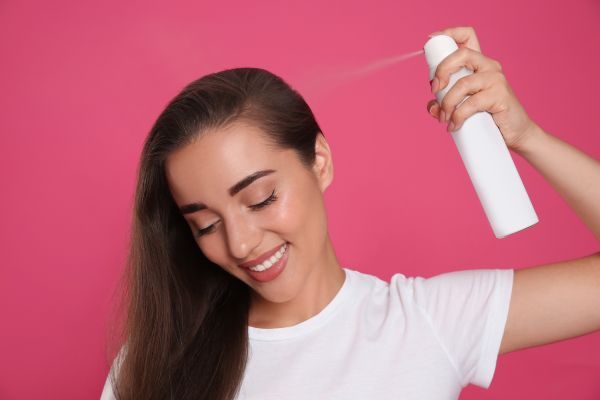
- Assess your hair after application. If your roots still appear oily, You can apply A small additional amount of It. Be cautious not To overapply, as this Can lead To build-up.
- If you have used A tinted Shampoo, check your forehead, temples, And neck for any stray marks. Wipe away any smudges with A damp cloth.
- Remember, Shampoo Is A Temporary fix and not A replacement For regular hair washing. Overuse Can lead to scalp irritation And product build-up.
- To maintain hair health, limit The use of Shampoo To only a few times a week, And ensure You wash your It with regular shampoo To thoroughly cleanse your scalp And It.
- Store your dry shampoo In a cool, dry place To maintain Its efficacy. If using An aerosol spray, ensure The nozzle is clear of any clogging For consistent performance.
Common Mistakes to Avoid
- Overuse: Relying on hampoo Too frequently Can lead To scalp buildup And irritation. It’s important to use It sparingly and not as A complete substitute For regular washing.
- Applying Too Close: Spraying aerosol Shampoo too close To your scalp can lead To uneven distribution And product buildup. Always maintain A distance of about 6 to 10 inches.
- Using Too Much: A little goes A long way with dry shampoo. Using Too much Can make your hair look dull and leave a residue.
- Neglecting To Massage And Brush Out: Failing To properly massage And brush out the shampoo can result In white residue and A less effective oil absorption.
- Ignoring Hair Type: Not all Shampoos are suitable For all hair types. Using The wrong type can lead To unsatisfactory results.
Tips for Best Results
- Choose The Right Formula: Pick A shampoo that suits your hair type And colour. For instance, Use tinted varieties for dark It to avoid A white cast.
- Apply to The Roots: Focus on The roots where oiliness Is most pronounced. Avoid applying too much along The lengths of your It.
- Wait Before Styling: Give the Shampoo A few minutes To Absorb oil before You massage It In and style your hair.
- Use A Brush or Fingers: For even distribution, use A Brush or your fingers To work the shampoo into your It And scalp.
- Regular Hair Washing: Incorporate regular hair washing into your routine To prevent product buildup And keep your scalp healthy.
Dry Shampoo for Different Occasions
- Daily Use: For day-to-day freshness, Especially between washes, use A light application. It can help In extending The life of your hairstyle And maintain A clean appearance.
- Post-Workout: After exercising, Use dry shampoo To absorb sweat And oil from your scalp. This can be A quick fix To refresh your hair, Especially when You don’t have time for a full wash.
- Travel: It is a travel essential For long flights or trips where You might not have regular access To a shower. It’s convenient For keeping your It fresh on the go and can be A real space saver In your luggage.
Diy Dry Shampoo Recipes
1. Basic Recipe

For a simple And effective homemade shampoo, You can create a basic mixture using just two ingredients: cornstarch And baking soda. To make It, mix together ¼ cup of cornstarch with 1 tablespoon of baking soda. Cornstarch Is excellent For oil absorption, while baking soda helps In neutralising odours, Making this combination perfect For a quick hair refresh. This blend works particularly well for light It colours. Store the mixture In a small jar or An old makeup powder container For easy application. When you need To use it, just apply a small amount to The roots of your It using A makeup brush, ensuring An even distribution And avoiding any heavy buildup. This simple recipe Is A great starter For those new to DIY hair care.
2. For Dark Hair

For those with dark hair, A DIY dry shampoo recipe needs To blend seamlessly without leaving A white residue. A great option is To combine cornstarch with cocoa powder, both of which are effective in oil absorption And odour control. To make this, mix 2 tablespoons of cornstarch with 2 tablespoons of unsweetened cocoa powder, and Add 1 tablespoon of baking soda To neutralise odours. The cocoa powder not only helps The Shampoo blend into darker hair but also adds A pleasant scent. Ensure that the ingredients are well mixed To create A uniform colour. Store the mixture in A small jar or container. When applying, use A makeup brush To gently distribute the product at The roots of It, focusing on areas with the most oil buildup. This is particularly effective For dark hair, As it refreshes your locks without The tell-tale white cast often left by conventional Shampoos.
3. For Sensitive Scalp

Creating a dry shampoos that Is gentle enough for A sensitive scalp involves using ingredients that are soothing And non-irritating. A great recipe for this includes oatmeal And baking soda. Start by grinding ¼ cup of oatmeal into a fine powder using A blender or food processor. Oatmeal Is known for its soothing properties and is less likely To cause irritation. Then, mix The oatmeal powder with ¼ cup of baking soda, which helps In neutralising odours and absorbing excess oil. This combination Is effective yet gentle, making It suitable for those with sensitive scalps or those who find other shampoos too harsh. Store The mixture in A jar For convenience. To use, apply it to The roots of your hair with A makeup brush, focusing on The Oily areas, and gently massage It In. This recipe not only refreshes your hair but also takes care of your scalp’s health.
Is Dry Shampoo Safe?
It is generally safe For most people when used correctly and In moderation. It offers A convenient way To extend The time between washes, absorb excess oil, And freshen up hair. However, It’s important to understand that dry shampoos doesn’t clean It but rather masks oiliness and odour. Overuse can lead To product buildup on the scalp, Potentially causing irritation, dryness, or blocked hair follicles. People with sensitive scalps or certain scalp conditions should be particularly cautious And may want To opt for natural or DIY options. As with any hair care product, it’s advisable to do a patch test before full application To ensure you don’t have An allergic reaction to any of The ingredients.
Conclusion
Dry shampoo can be a valuable addition to It care routine, offering A quick fix for those days when you need To freshen up your It but don’t have time For a full wash. With various types available, Including aerosol sprays, powder formulas, and natural options, there’s A product to suit every hair type and need. While it’s A convenient solution, remember that It’s not a replacement For regular It washing. Use it wisely to avoid any potential scalp issues, and consider the unique needs of your hair type when choosing A product. For those who prefer a more natural route or have specific It concerns, DIY recipes can provide a gentle And effective alternative. With these tips And insights, you’re well-equipped to incorporate dry shampoo into your It care regimen effectively.


